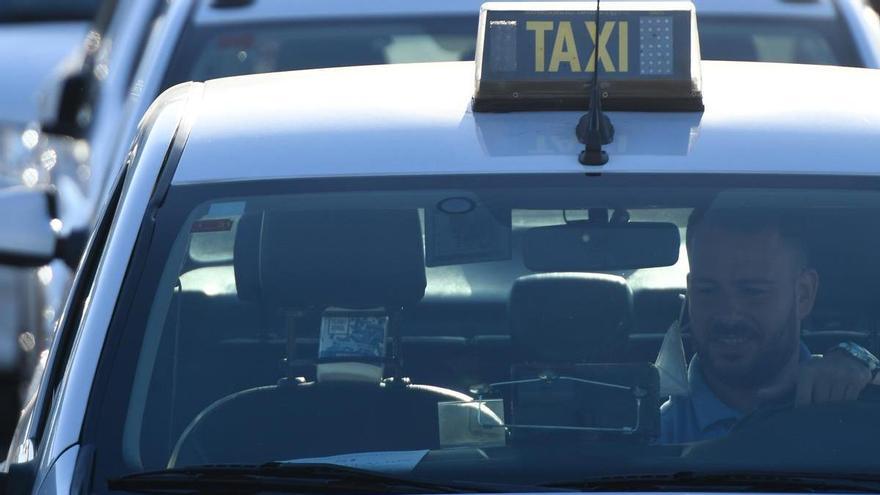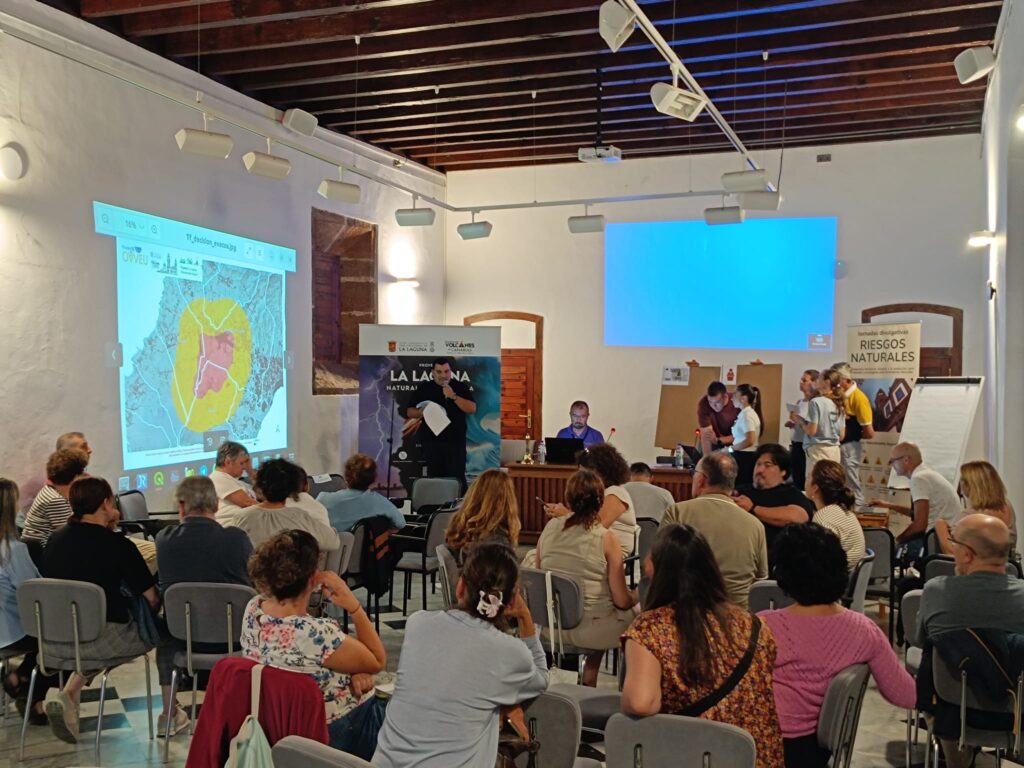
Canary Islands is armed in the face of the liberalization of the vehicles with driver (VTC). Following the ruling of the Court of Justice of the European Union (CJEU), which overturned last June the Spanish limitation of one license for this service for every 30 taxis, the island Government is studying the implementation of a regulation that Control the issuance of new permits. A containment at the entry into the Archipelago of companies such as Uber, Cabify or Boltwhich can no longer be based on the protection of the green light business, so the Ministry of Mobility seeks to tie said standard to criteria of sustainability, environment or CO2 emissions, issues that are included in the framework of community law.
“People think that our regulation prohibits the landing of these companies on the Islands, but it is not true,” says the General Director of Transportation, Maria Fernandez. He explains that the market VTC licenses Canary Islands are “saturated”, so, currently, the only way these companies have is to buy permits from companies that are already operating, which are mainly dedicated to transporting tourists, or wait for the councilswhich have the competence of the transport service, increase the number of taxis. “Their applications are being denied because what the VTC want are new authorizations at zero cost,” Fernández emphasizes.
The competition over the VTC was in the hands of the State until the motion of censure to the popular Mariano Rajoy. The first executive of Pedro Sanchez approved the Ábalos decree in 2018 – last name of the Minister of Public Works –, which left regulatory development and regulation in the hands of the autonomous communities and city councils. Thus, the regional Parliament in 2019 approved the Road Transport Law, which endorsed the proportion of one rental car with driver for every 30 taxis, and left the granting of licenses in the hands of the island corporations.
The blow by the EU judicial authority to this limitation in Barcelona has generated an earthquake throughout Spain. European judges ruled that the 1/30 ratio goes against freedom of establishment, and that the economic viability of the taxi does not justify the system. Therefore, the limitation must now be hidden behind environmental and traffic management reasons in cities. This was ordered by the central government after the CJEU ruling, in addition to declaring the taxi a “service of public interest” to protect it from companies such as Cabify or Uber.
This environmental containment of Madrid has put a patch so that requests remain off the roads of the Canary Islands, but regulatory development continues to be at the mercy of the island Executive. Fernández highlights that the objective of the new regulation of the Archipelago is “to meet the requirements of Europe and continue protecting the citizen and the market.” He emphasizes that VTC prices are set according to demand, while taxi prices are capped. In this way, as there is a greater proportion of these in the market, competition helps driverless vehicle companies not be able to skyrocket prices during peak demand, if it rains or there are big events, which favors consumers, points out the general director.
Permissions
With the new regional regulation, once it is in force, as the 1/30 rule is no longer operational, Fernández warns that VTC permits may “grow a little.” Everything depends on the new proportionality, which will be tied to the finite nature of the Islands, so the number of vehicles would come into play or the real demand of the population. “It doesn’t cost a multinational anything to put a fleet of 2,000 vehicles in the Canary Islands, but territories as small as ours would be greatly harmed,” criticizes the transport minister.
At least seven firms have appealed in the courts of The Gran Canarian palms the resolution of the Ministry of Sustainable Mobility of the Cabildo of Gran Canaria that denied them 600 licenses. But they are not the only ones that have been rejected, the portfolio that directs Teodoro Sosa He has shelved a total of 3,400 just at the beginning of this mandate.
Tenerife It is not far behind either. There the Cabildo has already ruled out 2,350. Uber is the latest firm to enter the island. It has been operating since the summer in the south, where it offers luxury vehicles and taxis associated with its application. Although the president of Elite Taxi Tenerife, Miguel Ojeda, states that he is not aware of any colleagues linked to the multinational. For its part, Uber has not responded or provided information that refutes this.
So, Are there no blank spaces in the Canarian sea of rental vehicles with drivers? According to the 1/30 rule, yes, but they are not very attractive. In La Gomera No VTC company has yet landed, the two permits on the island are free – they have 60 taxis. In The iron This service does not exist either, but it is because, as the taxis do not reach 30 – there are 22 –, there is no room. In Fuerteventura Two authorizations are pending from the owner. Right now there are only ten on the island, and as it has 363 taxis, up to 12 VTC could circulate on its roads. The same happens in The Palm and Lanzarote. In the beautiful island, where the 187 taxis provide for six VTCs, currently there are only four; and in the volcano area, its 434 taxis are enough for 14 VTC vehicles, but only 12 operate. In total, eight permits remain to be distributed.
The panorama is very different on the capital islands. The 30/1 ratio is not met, which is why so many applications have been rejected. Gran Canaria, with 2,656 taxis and 102 VTC, has a density of 26 green lights for each rental vehicle, and in order not to violate the relationship there should be 30 or more. Meanwhile, in Tenerife, with 2,299 taxis and 117 VTCs, the proportion is almost 20 for each one. Why is the legal limit exceeded on these islands? Most were requested during the ‘liberalization’ of the government of José Luis Rodríguez Zapatero, which was operational between 2009 and 2013. This change streamlined administrative procedures and reduced the ratio, which caused an avalanche of applications and approvals. The taxi sector did not take long to mobilize, leading Mariano Rajoy’s cabinet to reinstate the 1/30 in 2013.

















Disgraceful. That is the only way to describe the sight that met me at the airport on Friday. 55 minutes of a wait to get a taxi. I have visited this island every year for 30 years, at all times and never before have I witnessed such a line of visitors. Get a grip, plenty of taxis just now allowed to pick up. Get it sorted.